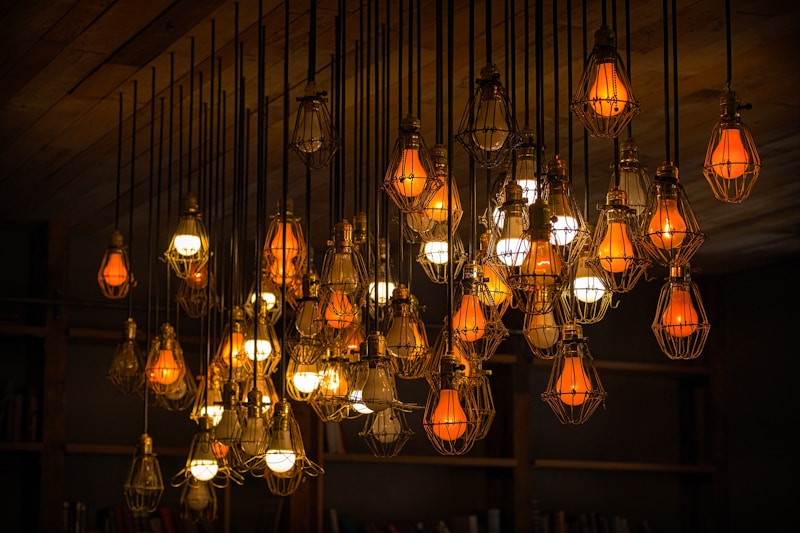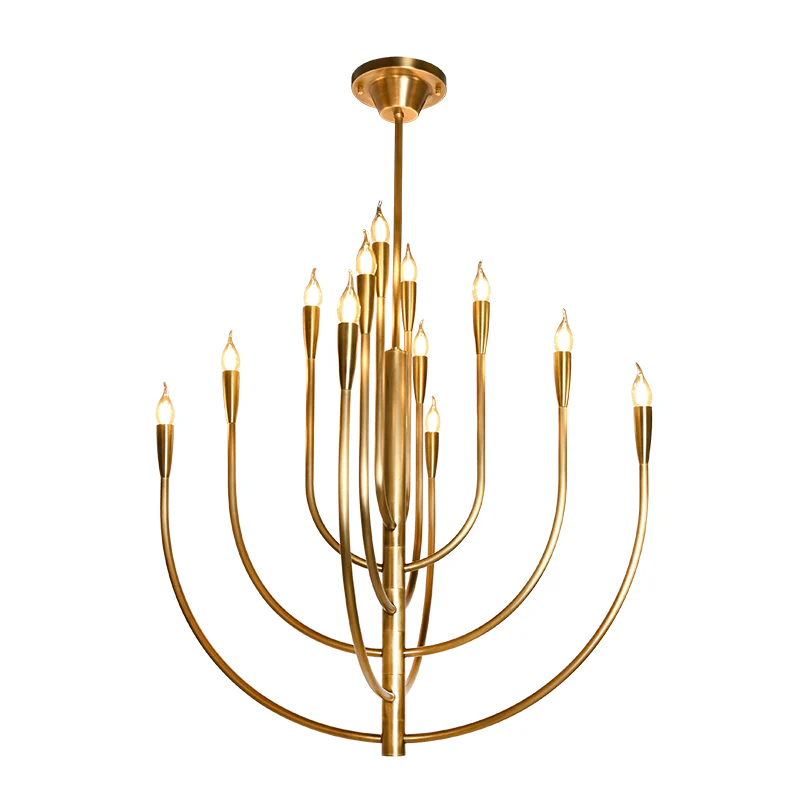Exploring the Benefits of LED Lighting Technology: A Comprehensive Guide
Exploring the Benefits of LED Lighting Technology: A Comprehensive Guide
Introduction to LED Lighting Technology
As the world shifts toward sustainable and energy-efficient solutions, LED Lighting technology has emerged as a frontrunner in illuminating our spaces. Unlike traditional lighting solutions such as incandescent or fluorescent bulbs, LED (Light Emitting Diode) lights offer numerous advantages that make them a popular choice for homeowners, businesses, and industries alike. In this article, we will delve into the various benefits of LED Lighting technology, its impact on the environment, and important considerations when making the switch.
What is LED Lighting?
LED Lighting refers to the use of semiconductor materials that emit light when an electric current passes through them. This technology is rapidly replacing conventional lighting due to its energy efficiency, longevity, and versatility. In the following sections, we will explore the key benefits that LED Lighting technology has to offer.
1. Energy Efficiency
One of the most significant advantages of LED Lighting technology is its energy efficiency. Comparatively, LED Lights consume significantly less energy than traditional incandescent or fluorescent bulbs. For instance, an LED bulb uses about 75% less energy than a standard incandescent bulb, which translates to lower electricity bills for both residential and commercial buildings.
| Light Source | Energy Consumption (Watts) | Average Lifespan (Hours) |
| Incandescent Bulb | 60 | 1,000 |
| Compact Fluorescent Lamp (CFL) | 15 | 10,000 |
| Light Emitting Diode (LED) | 8-12 | 25,000+ |
2. Longevity
LED bulbs have an impressive lifespan that far exceeds that of traditional bulbs. While incandescent bulbs typically last around 1,000 hours and CFLs up to 10,000 hours, LEDs can last for 25,000 hours or more. This longevity reduces the frequency of replacements, resulting in lower maintenance costs and less waste on landfills.
3. Environmental Benefits
Switching to LED Lighting technology also has significant positive effects on the environment. LED Lights are more energy-efficient, which means they contribute to a decrease in greenhouse gas emissions. Additionally, LEDs do not contain harmful substances like mercury, which is commonly found in CFLs and requires special disposal methods. This makes LED Lighting a more eco-friendly choice.

4. Versatility
LED Lighting technology offers a variety of options in terms of color temperature, brightness, and design. Whether you need warm white lighting for your home or cool white lighting for an office space, there's an LED Light that fits your needs. Furthermore, LEDs are available in various forms, from bulbs and strips to panels and downlights, allowing for creative lighting solutions.
5. Instant Lighting and Dimming
Unlike some fluorescent bulbs that require a warm-up period, LEDs provide instant illumination as soon as they are turned on. Additionally, many LED Lights are compatible with dimmers, giving users the ability to adjust the brightness according to their preference or the time of day. This feature not only enhances ambiance but can also lead to further energy savings.
6. Safety and Durability
LED Lights are designed with safety in mind. They emit very little heat compared to traditional bulbs, reducing the risk of burns and fires. Additionally, LEDs are made from durable materials, making them more resistant to shock, vibrations, and external impacts. This quality makes them an excellent choice for various applications, including outdoor and high-traffic areas.
7. Cost Savings Over Time
While the initial investment in LED Lighting technology may be higher than traditional bulbs, the long-term cost savings are substantial. With lower energy consumption and a longer lifespan, the overall costs associated with buying and replacing bulbs can be significantly reduced. For commercial applications, businesses can calculate their return on investment (ROI) by considering factors like reduced energy bills and maintenance costs.
Frequently Asked Questions
1. Are LED Lights better than incandescent bulbs for home use?
Yes, LED Lights are more energy-efficient, have a longer lifespan, and provide a wide range of color options, making them an excellent choice for home lighting.
2. Can LED Lights be used outdoors?
Absolutely! Many LED Lights are designed specifically for outdoor use, providing durability, weather resistance, and energy efficiency for garden, porch, and pathway lighting.
3. Do LED bulbs come in different colors?
Yes, LED bulbs are available in various colors and color temperatures, including warm white, cool white, and even RGB options for customizable lighting.
4. What should I consider when switching to LED Lighting?
Consider factors such as the color temperature, brightness (measured in lumens), compatibility with dimmers, and the specific application of the lighting in your home or business.
Conclusion: Making the Switch to LED Lighting Technology
In conclusion, the benefits of LED Lighting technology are undeniable. From energy efficiency and longevity to environmental preservation and versatility, LEDs present a modern solution to our lighting needs. Transitioning to LED Lights not only reduces costs but also contributes positively to the planet. If you're contemplating the switch, remember to consider factors like the right bulb type, color temperature, and compatibility with existing fixtures. Embracing LED technology is a step toward a more sustainable and economically sound future.
So why wait? Join the many who have found the advantages of LED Lighting technology and illuminate your spaces with efficiency and style!
